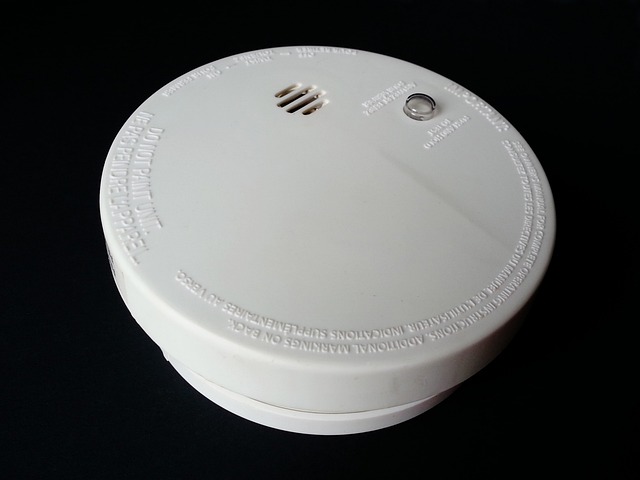One of the most effective ways to protect your family and home from fire hazards is by having the right number of smoke detectors installed in the right locations. Here’s a detailed guide to help you optimize smoke detector coverage in your home.
How Many Smoke Detectors Should You Have?

The general recommendation is as follows:
- One Smoke Detector in Every Bedroom: Fires often occur during the night when everyone is sleeping. Installing a smoke detector inside each bedroom is essential to ensure early detection for sleeping occupants.
- Outside Sleeping Areas: As well as bedroom detectors, have one in the common area outside each sleeping zone. This setup ensures that any fire in the vicinity of sleeping areas is quickly detected.
- Every Level of Your Home: Did you know that each level of your home, should have at least one smoke detector? This comprehensive coverage ensures that any fire, regardless of where it starts, is detected early.
- Near the Kitchen (But Not Too Close): While cooking is a leading cause of home fires, placing a detector too close to the kitchen can result in false alarms. A good rule of thumb is to install it at least 10 feet away from cooking appliances.
Where Should Smoke Detectors Be Placed?
Proper placement is critical for ensuring your smoke detectors function effectively:
- Ceiling Installation: Smoke rises, so detectors should be mounted on the ceiling, at least 4 inches away from any wall. This position allows the smoke to reach the detector as quickly as possible.
- Wall Installation (if needed): If you must mount a smoke detector on a wall, place it 4 to 12 inches below the ceiling.
- Avoid Airflow Interference: Steer clear of placing smoke detectors near windows, doors, fans, or vents, as drafts can prevent smoke from reaching the device.
Essential Smoke Detector Safety Tips
- Test Monthly: Regular testing is crucial. Press the test button once a month to ensure your detector is working correctly.
- Replace Batteries Annually: Even if your detector hasn’t signaled a low battery, replacing batteries once a year is a safe practice. Consider doing this when you change your clocks for daylight saving time.
- Replace Units Every 10 Years: Smoke detectors have a limited lifespan. Replace them every decade to ensure they remain effective.
- Interconnect Your Detectors: If possible, connect all smoke detectors in your home. This way, if one detects smoke, all alarms will sound, giving everyone ample warning.
- Keep Them Clean: Dust and debris can reduce a smoke detector’s effectiveness. Clean your detectors with a vacuum cleaner regularly.
Conclusion
Installing and maintaining the correct number of smoke detectors in strategic locations is crucial for home safety. By following these guidelines, you can ensure comprehensive protection for your home and give your family the time needed to respond quickly in an emergency.
